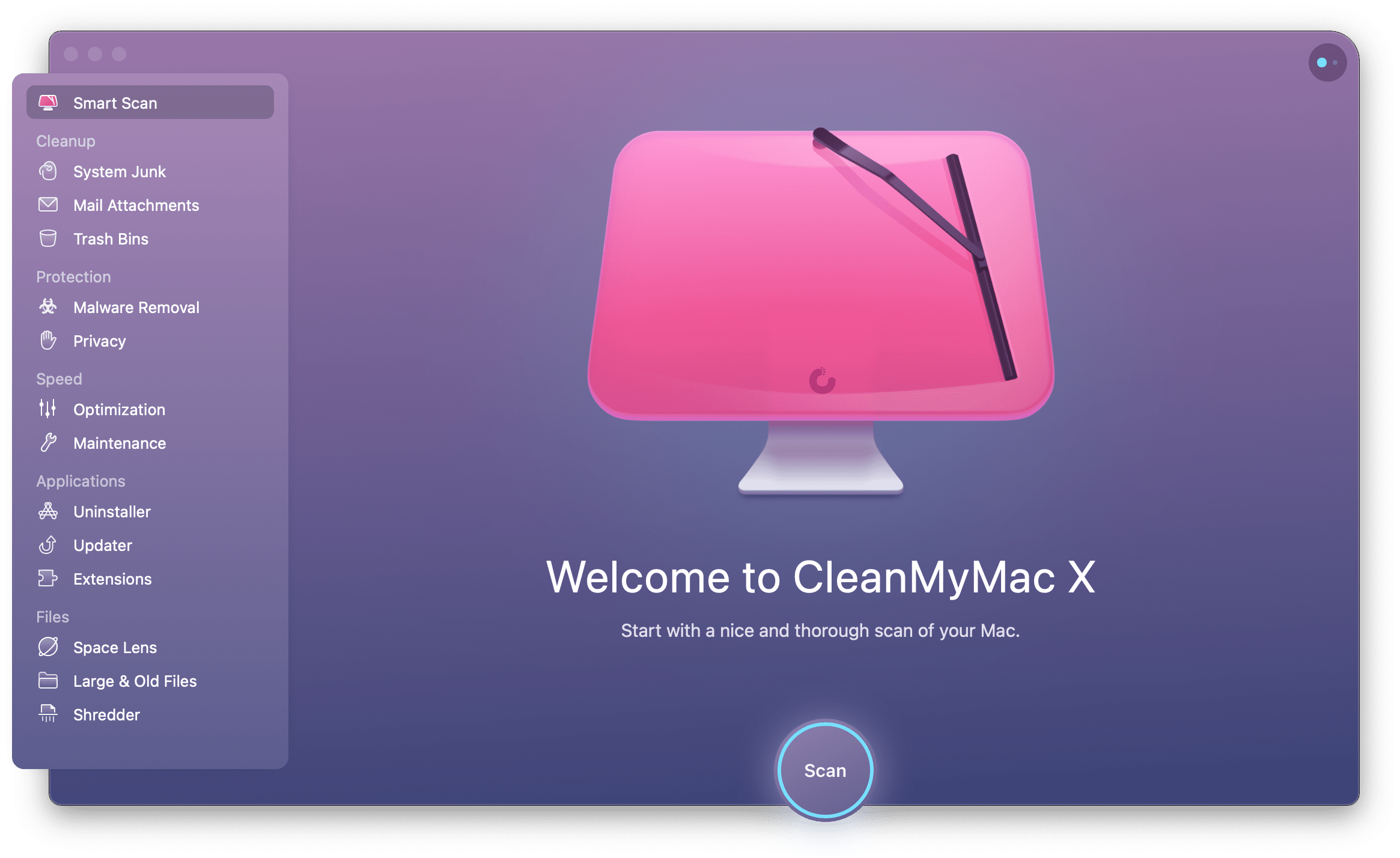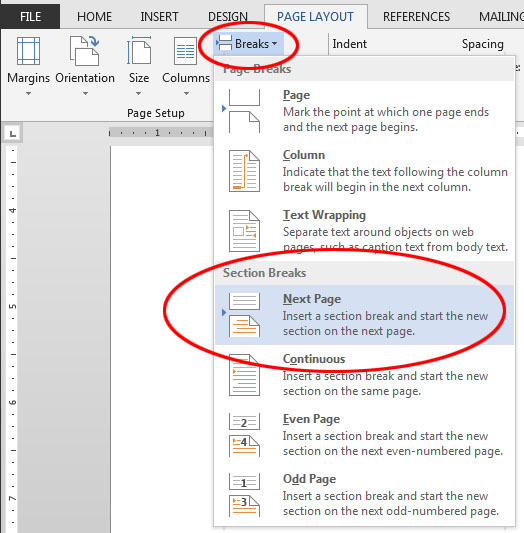

- WORD FOR MAC TWO SYSTEMS OF PAGE NUMBERS FOR FREE
- WORD FOR MAC TWO SYSTEMS OF PAGE NUMBERS MAC OS
- WORD FOR MAC TWO SYSTEMS OF PAGE NUMBERS PDF
- WORD FOR MAC TWO SYSTEMS OF PAGE NUMBERS PC
- WORD FOR MAC TWO SYSTEMS OF PAGE NUMBERS WINDOWS
Unfortunately, I can't do that with page 159 because there isn't enough content on it to push to the next page without looking completely ridiculous.Īnybody know what I can do? I suspect it has something to do with the section break, because every instance of this in the document has taken place right before a section break, but I'm not sure what I can do to fix it. For example, it happened with pages 46 and 48, with a missing page 47, so I pushed some of the content on page 46 onto the next page, and page 47 magically appeared. This was a problem in other sections in the document, but I "fixed" it by adding page breaks in the middle of previous pages so as to push the information into the "missing" page. I tried starting the page number from 160 there, but it just magically switches back to page 161. It's like it thinks there's an invisible somewhere, but there isn't. I have a 184 page document, and the page number is messed up between 159 and 161.
WORD FOR MAC TWO SYSTEMS OF PAGE NUMBERS PDF
– Cmd+Right Arrow key, editable page (e.g.Background information: I'm using Microsoft Word 2002, and when I'm done modifying this document, it's going to be converted to a PDF for distribution. Do that in various ways: Alt + Shift + left/right arrows is the fastest way to change levels. Then you can change the levels of paragraphs to get the multiple levels. Word will change the text to ‘List Paragraph’ style and give all the text 1 st level numbering. – Cmd+Down Arrow key, editable page (e.g. Select the text and choose a multi-level style you want. – Cmd+Down Arrow key, non-editable page (e.g. TextEdit) – take cursor to the beginning of line – Cmd+Left Arrow key, editable page (e.g. TextEdit) – take cursor to beginning of page – Cmd+Up Arrow key, non-editable page (e.g.

If a page number looks to the previous section for its page. – Fn+Left Arrow key – show beginning of page This solution does not work in certain cases if there are multiple sections on one page. Ok, just to clarify, here are all related shortcuts, in list form: Users that don’t know all these “tricks and shortcuts” are simply working too hard to achieve basic functionality that the keyboard could easily provide. But over-simplification is now looking more complicated for the end user. Steve Jobs mantra from the beginning (I sold the very first Macs) was to keep it simple, as witnessed by the 1-button mouse. It would have been a lot simpler if Apple had just put them on the keyboard in the first place, including a numeric keypad. Are there shortcuts in Mac to move the cursor word-left, word-right?Īfter reading this article and all the comments (with variations of keystrokes to achieve the same capabilities), I have to disagree with the author referring to these keys as “extraneous keys”.
WORD FOR MAC TWO SYSTEMS OF PAGE NUMBERS WINDOWS
I have 2-finger tap to set to right click, but it brings up a popup menu I’ve never seen in the Windows version of Chrome.Ĥ. remove it: Both Word and PDF documents can carry metadata. In Chrome I’m unable to get the popup menu that wth the option to open a link in a new tab. can be applied for use with other word processing or page layout applications. “Ins” and “Del” are two other really useful keys, too.ģ. Does anyone know the equivalent of the “Back” key on Windows PC?Ģ.
WORD FOR MAC TWO SYSTEMS OF PAGE NUMBERS PC
If you found this helpful, you’d likely appreciate knowing the PC DEL key also has a Mac keystroke equivalent, and taking the time to learn a handful of other keyboard shortcuts to navigate text on the Mac can be a worthwhile endeavor as well.ġ.
WORD FOR MAC TWO SYSTEMS OF PAGE NUMBERS MAC OS
This is basically the same thing as pressing the “End” key on a Windows PC, except it’s a keyboard shortcut.įor the Home and End equivalence in Mac OS X, you can use these keyboard shortcuts or a similar set of Command key tricks which can achieve the same effect of jumping to the start and end of documents, it doesn’t matter which you use, both will get the job done and work the same, so go with whatever works better for your workflow, or whichever you memorize. Hitting the function key with the right arrow will immediately scroll to the very bottom of an open document or page, regardless of how long it is. The “End” button on a Mac Keyboard: Fn + Right Arrow This is the exact same function as hitting the “Home” button on a Windows PC.

Save documents, spreadsheets, and presentations online, in OneDrive.
WORD FOR MAC TWO SYSTEMS OF PAGE NUMBERS FOR FREE
The ‘fn’ key on the Mac keyboard is the function button, hitting that with the left arrow will immediately jump to the very top of a page in the active application of Mac OS. Collaborate for free with online versions of Microsoft Word, PowerPoint, Excel, and OneNote. The “Home” button on a Mac keyboard: Fn + Left Arrow Instead of pressing a single key though, on the Mac keyboard you press keyboard shortcut to achieve the same desired effect. But even without the dedicated buttons on a Mac keyboard, this does not mean you can’t perform the exact same function in Mac OS as what the Home and End buttons offer in Windows and Linux.


 0 kommentar(er)
0 kommentar(er)
